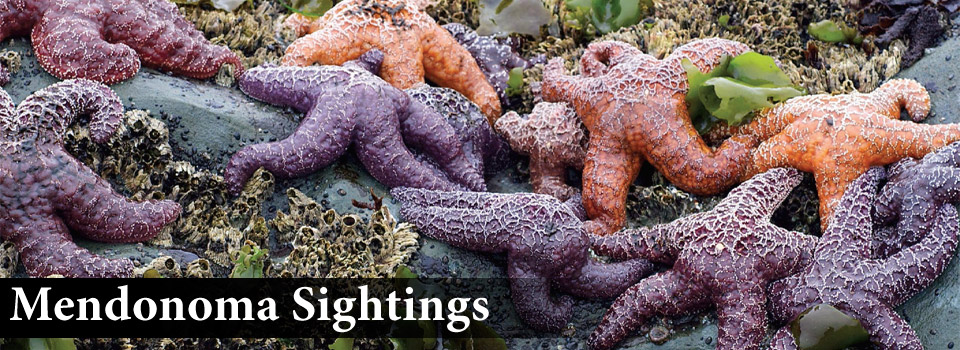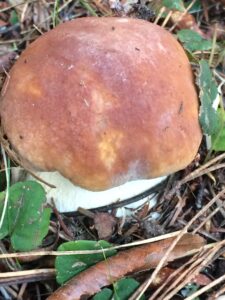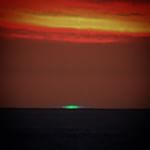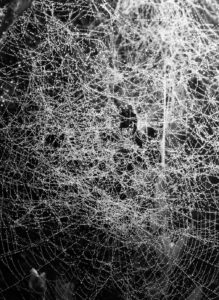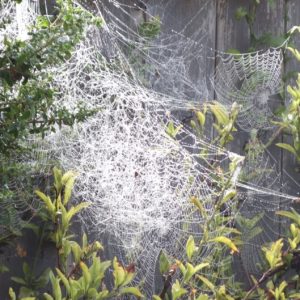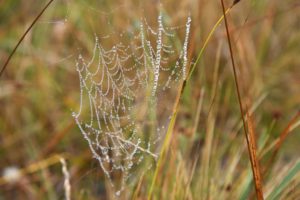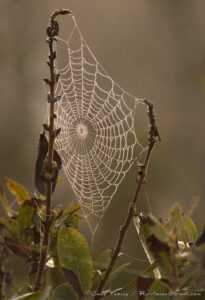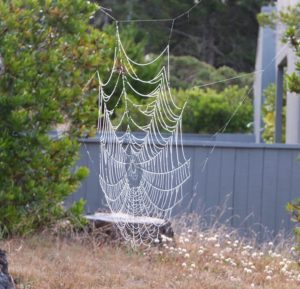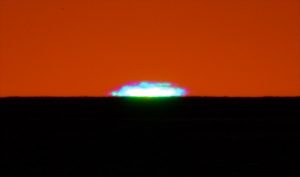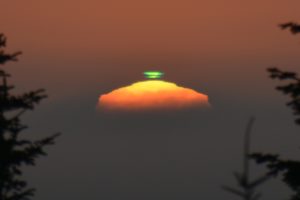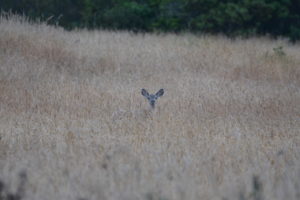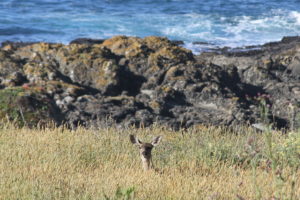We've had several small storms that brought enough moisture for the first King Boletes to appear. Amy Ruegg found what might have been the very first one.
Several others have found porcini too. And CeCe Case found a Chanterelle. They are being found in moist areas. The spots I find them have not seen any appear...yet!
Thanks to Amy for allowing me to share her photo with you here. It's always a good time of year when the first edible mushrooms appear.
A smattering of rain was heard last night while I, and others, celebrated the SF Giants baseball win. Today is beautiful, sunny and breezy. The horizon is clear so if you are on the coast, look for a possible green flash at sunset. Below is a photo taken by Peter Cracknell of a green flash. It only lasts for a second, so don't blink!
